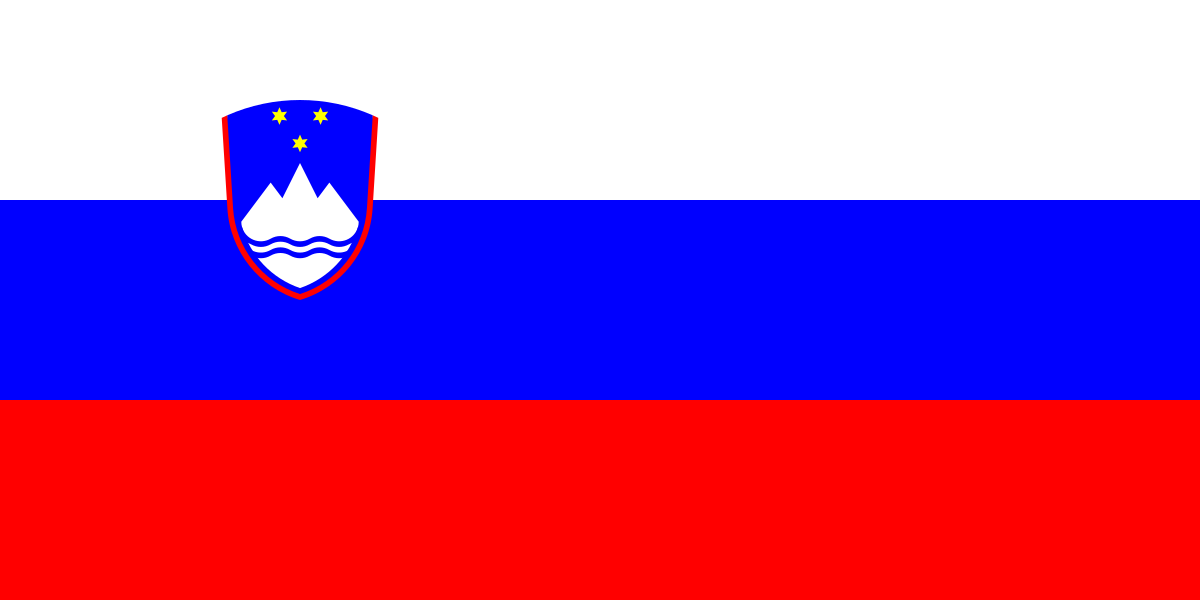Slovene
Slovene is a South Slavic language spoken by roughly 2 million people in Slovenia (long considered to be the northernmost province of Yugoslavia) and in the border regions with northeastern Italy and southern Austria. It is closely related to Serbo-Croatian, Macedonian and Bulgarian, to which it is mutually intelligible to a wide extent in manner similar between Spanish, Catalan, and Galician and Portuguese in the Iberian Peninsula.
Slovene, like almost every Slavic language, is a very tricky language to learn for speakers of Germanic languages (like English and German). It is highly inflected, that is, nouns, numbers, and adjectives decline according to gender (masculine, feminine and neutral) and number. Unlike the closely-related Serbo-Croatian, which is the only Slavic language that uses both Latin and Cyrillic alphabets and to which it's often compared to, Slovene only uses the Latin script with the same characters and diagraphs used by the aforementioned language. What makes Slovene stand out from others is that, not only it uses singular and plural, but it also uses the dual number system. In other words, there are verb conjugations, noun declinations and adjectives meant for two people or two groups, while the plural is meant for three and above. Of all the Balto-Slavic Languages, only Sorbian (found in what's popularly called East Germany, near the border with Poland) and Lithuanian retain the dual system inherited from old Slavonic. Slovene is often described as the true Romantic language because in Slovene it is possible to distinguish between we (plural) meaning a group of people including yourself and we (dual) meaning one other person and yourself.
There are a total six noun cases in Slovene, like most Slavic languages. Slovene uses both Latin and Slavic names for case, both correct and interchangeably used: nominative (imenovalnik), accusative (akuzativ-tožilnik), genitive (genitiv-rodilnik), dative (dative-dajalnik), locative (lokativ-mestnik), and instrumental (instrumental-orodnik).
This textbook will made under the assumption that the reader has, at least, some basic knowledge of Russian, Polish, Serbo-Croatian or any other Slavic language. If you do have some familiarity with these languages, you'll be surprised how closely related they are how their grammar structures are almost identical. A knowledge of some Old Church Slavonic (old Bulgarian) will help understand the dual number system.

| II | This is a Category II Language. |
SlovenianGrammar
[edit | edit source]- Nouns
- Masculine Declination
- First Female Declination
- Second Feminine Declination
- Neuter Declination
- Cases
- Numerals
- Verbs
- Basic Forms
- Tenses
- List of Verbs
Slovenian lesson
[edit | edit source]- Lesson 1: Pronunciation and greetings
- Lesson 2
- Lesson 3
- Lesson 4
- Lesson 5
- Lesson 6
- Lesson 7
- Lesson 8
- Lesson 9
- Lesson 10
- Lesson 11
- Lesson 12
- Lesson 13
- Lesson 14
- Lesson 15
External links
[edit | edit source]Until this section is fleshed out, English speakers can visit: http://www.ff.uni-lj.si/sft/
| South Slavonic languages | |||
| Eastern group | Bulgarian | Macedonian | Old Church Slavonic | ||
| Western group | Bosnian | Croatian | Serbian | Slovenian | ||
